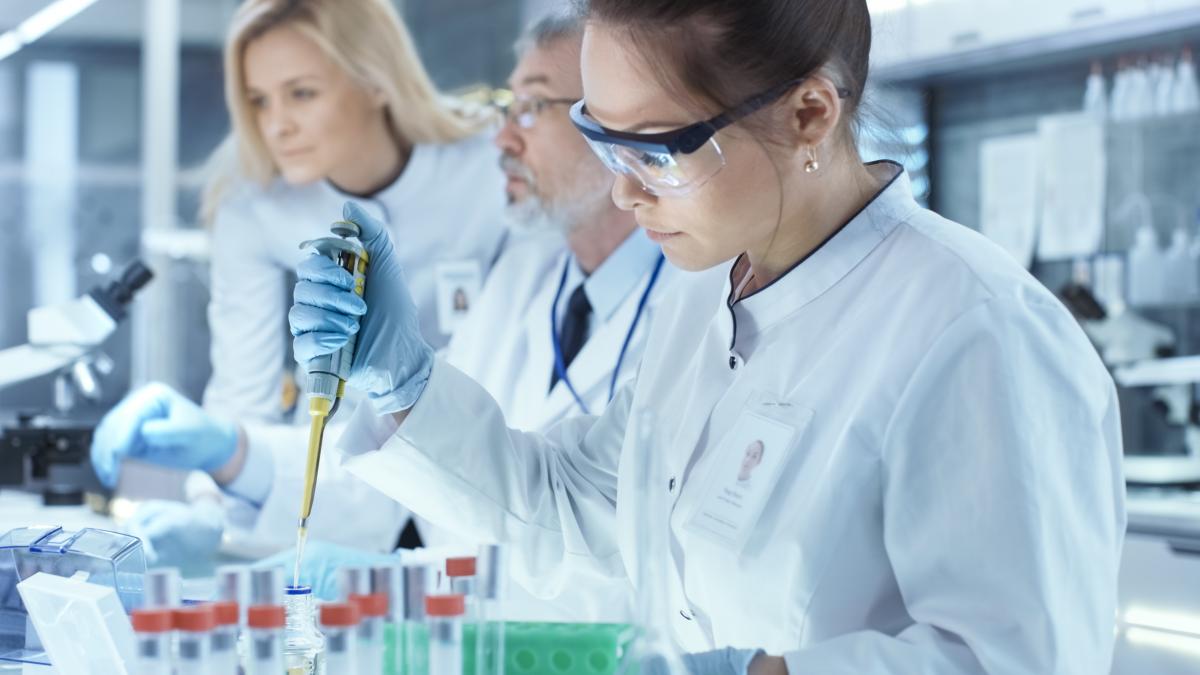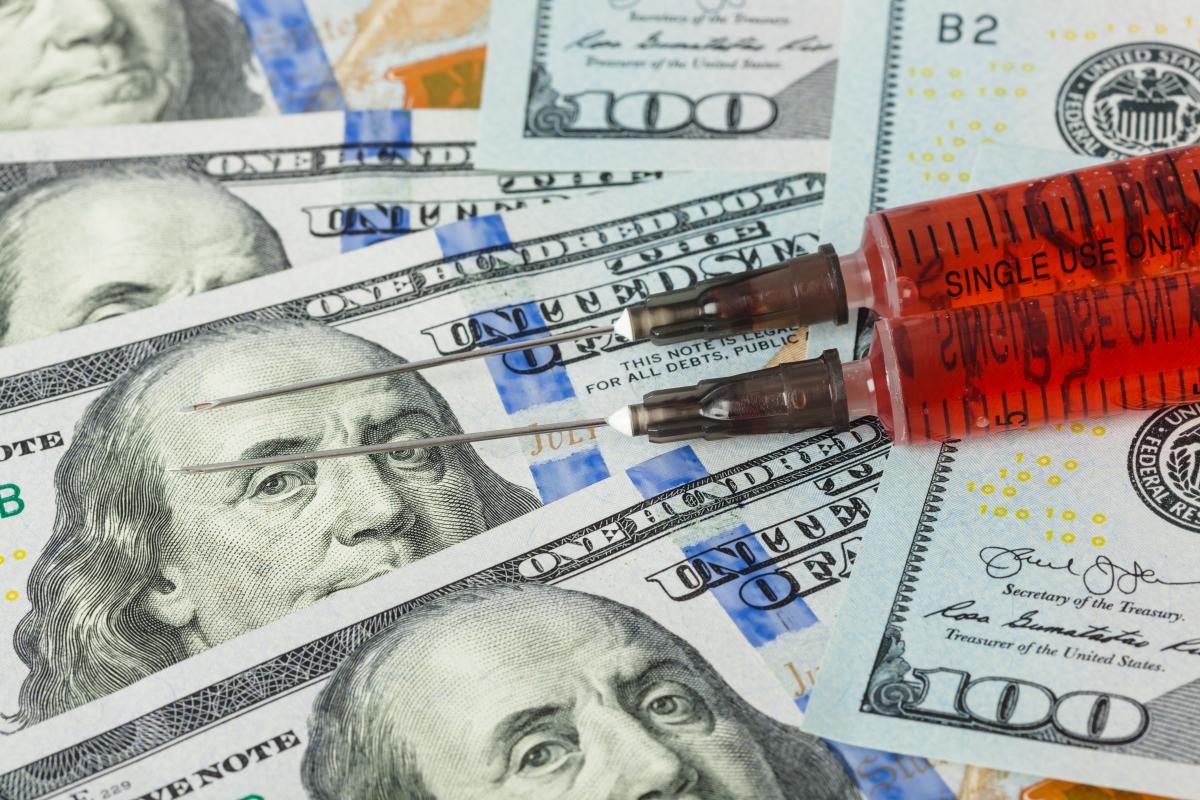Patentable Vaccine: from smallpox to Wuhan!

Photo credits to Motortion
In these weeks we are facing a new emergency that affected us in many ways. It’s said that one of the problem about the New Corona Virus is that there’s no vaccine.
Why is a vaccine so important? Can you patent a vaccine?
A vaccine is defined by the World Health Organization (WHO) as any preparation intended to produce immunity to a disease by stimulating the production of antibodies.
Vaccines are of public health importance since they prevent from major pandemics. Therefore, the development of new vaccines is still required to combat diseases such as HIV or malaria, for example, but also to improve existing ones due to the emergence of new strains of pathogens such as for influenza.
The terms vaccine is derived from Variolae vaccinae (smallpox of the cow), the term invented by Edward Jenner to denote cowpox. He used it in 1798 to describing the protective effect of cowpox against smallpox. That first vaccine was very simple.
The most famous story related to a vaccine is the Jonas Salk’s anti polio vaccine. It is said that in 1955, after Salk discovered the vaccine that prevented children to be paralyzed or seriously damaged, Edward R. Murrow asked Jonas Salk who owned the patent to the polio vaccine. “Well, the people, I would say,” Salk responded. “There is no patent. Could you patent the sun?”.

Jonas Salk - Source: time.com
This question lead us to the central point: the patent of vaccines.
By comparing the vaccine to the Sun, Salk assumed that a vaccine is a naturally occurring phenomenon rather than a human invention.
Whether a vaccine should be viewed as a naturally occurring substance, rather than a product of human engineering, may depend on the details of the individual inoculation. If long ago the vaccines were quite simple, today they contain live or dead cells from the pathogen itself, or even genetically modified versions of the virus or bacteria. Some rely on one or more proteins from the pathogen, or a part of a protein that’s sufficient to trigger an immune response by producing antibodies.
The flu vaccine, which has to be made anew every year, involves months of work by highly trained scientists. It’s a stretch to describe modern vaccines as naturally occurring, even if parts of them are.

Nils Bohlin - Inventor Volvo 3-point Safety Belt - Image source: media.volvocars.com
We already talked about the possibility to open the patent to public because of moral or ethic issues (cf Volvo and the patent of seat belt).
Then, if Salk wanted to say that there is an ethic issue in patenting a vaccine, involving social responsibility, he was probably right.
On the other side, from the R&D point of view, vaccine development is a highly skilled activity, which requires access to a broad range of knowhow and a broad range of platform technologies. That makes the patent of vaccines perfectly fine.

Photo credits to Gorodenkoff
A modern vaccine is protected by multiple levels of IP, often licensed from multiple partners. The sequence of DNA of the virus, antigen, adjuvant, excipient, immunostimulants and many others.
According to Martin Friede, coordinator of the Initiative for Vaccine research (IVR) at the World Health Organization in Geneva, Switzerland, during the last 20 years some 10,000 patent applications for vaccines have been submitted.
The production of vaccines relies on very sophisticated methods and a high level of knowhow to manufacture them.

Photo credits to Nikolai Sorokin
This is the reason why patents do stimulate discoveries. They bring royalties back to the institutions which can then do further research.
The vaccine though, to be effective and safe, must undergo trough several tests, and needs lot of time to be developed. Furthermore, it is only useful to prevent the spread of the disease, while for people already infected does not help. For this reason, in the case of the new corona virus, the virus itself must be studied and isolated and at the moment a cure is highly desirable more than a vaccine.
The Wuhan Institute of Virology has filed in January a patent in relation to a possible treatment of the new Coronavirus. This patent is based on the patent obtained by Gilead Science Inc. for the Remdeavir. Therefore, if the cure will be proved effective, the two shall cooperate to jointly exploit their patent.
We hope the move won't revive longstanding concerns about China’s respect for intellectual property rights.
HFG Law&Intellectual Property


